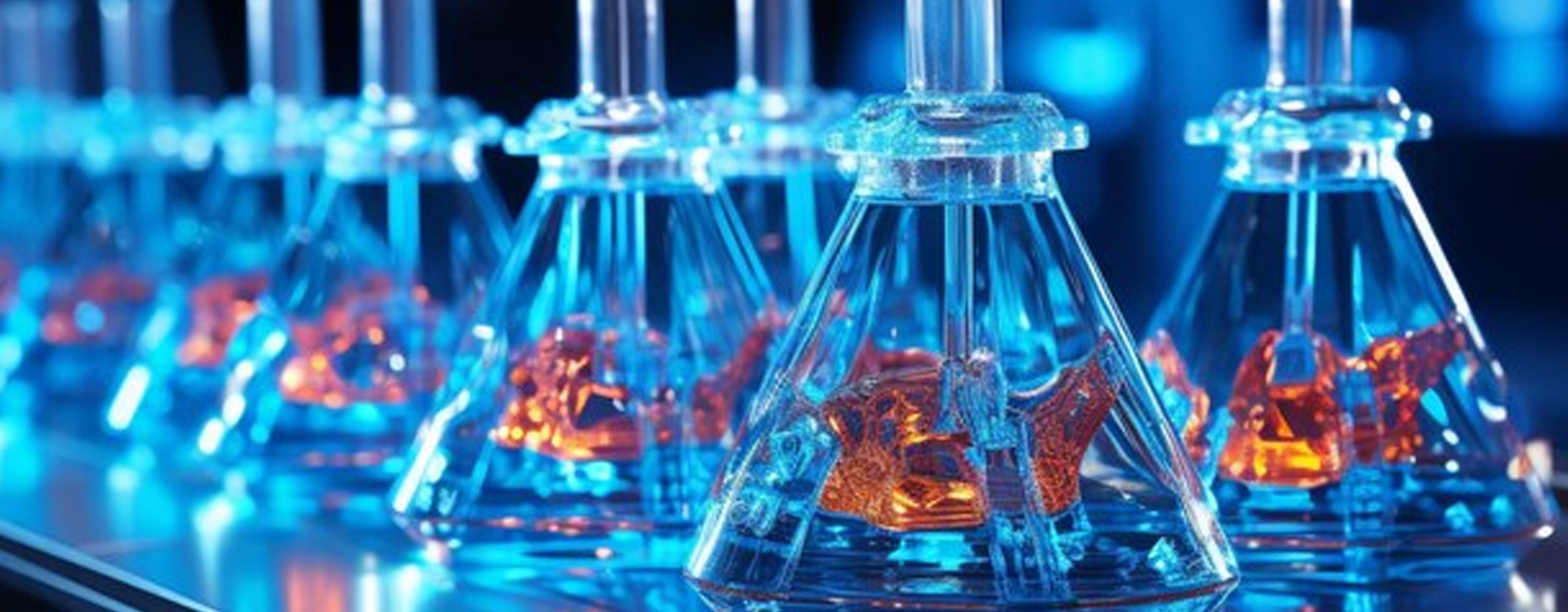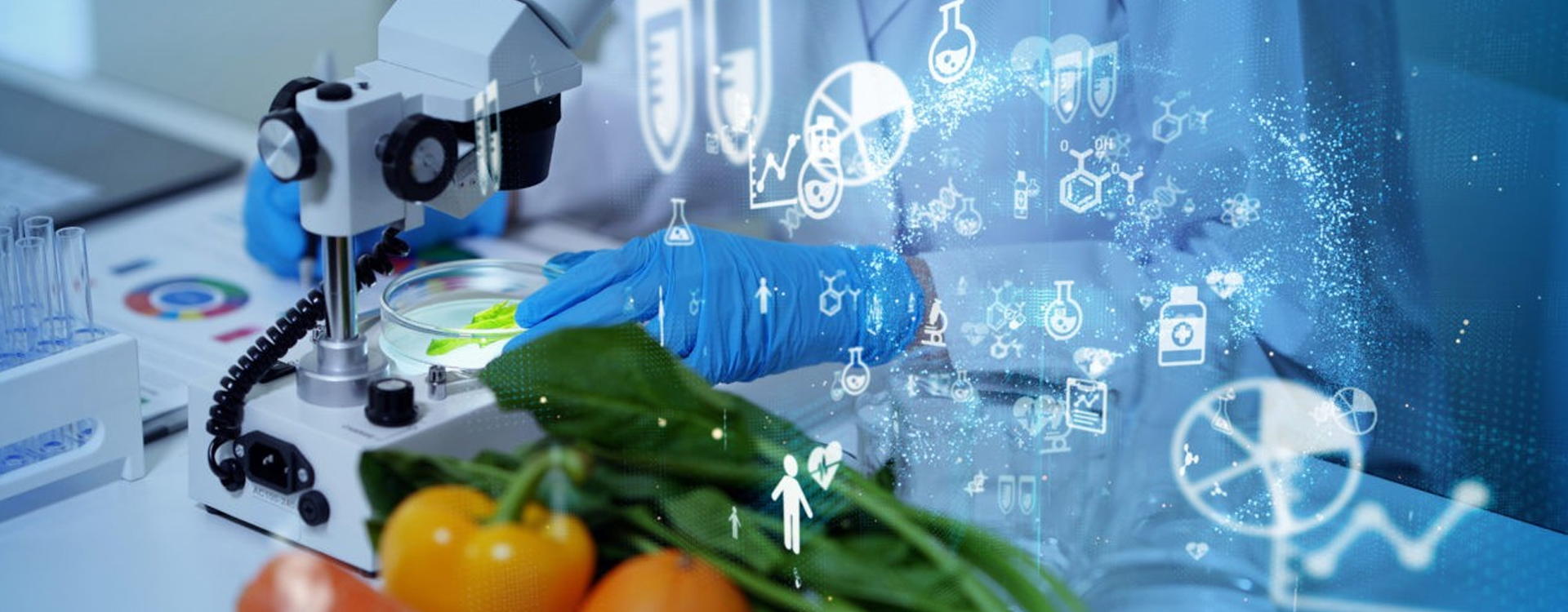Seminar Details
Valorisation of sweet orange (Citrus sinensis) peels into wealth technology by using the non-thermal process considered to be noteworthy. This study investigated the development of process protocol for valorisation of sweet orange peel powder and its utilization in functional bar. The plasma activated water (PAW) treatment was optimized at 13 kV and 62 min for sweet orange peel to retain maximum polyphenols, flavonoids and lower anti-nutrients. The de-bittering of plasma-activated water treated sweet orange peel waste through the use of various food-grade de-bittering agents (salt, alkali, and solvent). Optimization of all treatment conditions was accomplished using a full factorial design. Treatment at a ratio of 1:10 (sample: salt) was determined to be the most optimized condition, taking into account all parameters (total phenols, total flavonoids, total terpenoid content, naringin, limonin, hesperidin, anti-nutrients and antioxidant activities) including sensory evaluation. The different drying methods (Freeze, tray and microwave) were used for drying the PAW treated de-bittered sweet orange peel. The drying kinetics and modelling were carried out. The logarithmic model found good fit in hot air drying and page model found good fit in microwave drying. The effect of drying on phenolic compounds (TPC, TFC) and antioxidant activities (DPPH, FRAP) were carried out. The hot air drying method was selected to dry the PAW-treated de-bittered sweet orange peel due to its cost effectiveness, simplicity and suitability for commercial applications. The functional properties (water absorption capacity (WAC), Oil absorption capacity (OAC), Swelling capacity (SC), Solubility index (SI)), structural (FT-IR, XRD) morphological (SEM), and physical properties (Bulk and Tapped density, Hausner ratio, Carr index) of hot air dried PAW treated de-bittered sweet orange peel powder (PDSOPP) were carried out. Further, plasma activated water treated de-bittered sweet orange peel powder (PDSOPP) were used for the functional bar development. The 5%, 10%, 15%, and 20% PDSOPP were used in the incorporation of functional bar. The sensory evaluation studies using fuzzy logic showed 15% PDSOPP replacement were highest ranking in terms of texture, taste, colour and overall acceptability. The prepared functional bar content total phenol content (112.02 mg GAE/100g), total flavonoid content (162 mg QE/100g), DPPH (33%), FRAP (96 µg AA/g), protein (15.2 g/100g), carbohydrate (48.13 g/100g), fat (18.4 g/100g), dietary fiber (12.8 g/100g), calcium (2016 µg/g), zinc (44.12 µg/g) and iron (61.62 µg/g). The cost economic analysis of PDSOPP and Functional bar was performed and found to be ₹ 276 per kg and ₹ 8.15 per 50g respectively. Accelerated storage studies for PDSOPP and Functional bar were conducted at 40oC and 90% RH, the PDSOPP and functional bar had a shelf life of 111, 132 days in HDPE and 34, 40 days in LDPE, while their controls had shelf life of 104, 116 days in HDPE and 32, 36 days respectively. These findings highlight innovative and practical approaches to managing and recycling citrus fruit waste within a bio-circular economy. The potential application of PDSOPP can be used in the formulation of nutraceutical and functional novel food products.


